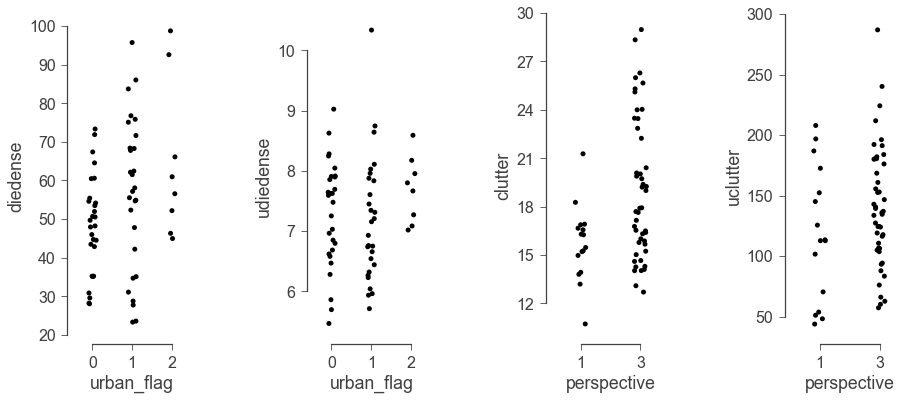CUØ /'kjuːnɪl/


In this paper, I propose to reconsider theories of diegetic space which rely on explicit framing (i.e. “two people walk into a room” or “in Spain”). Rather than looking for maps, I define space in terms of grammatical categories denoting objects. The emphasis on objects leads to a method for literary archaeology, informed by cognitive theory and anthropology.
If the universe is made of atoms, a fictional world is also made up of atomic relationships that form basic, stable configurations, or, what I call, narratological primitives. I construct several such basic spatial buildings blocks here—diegetic density and clutter distance. Their application to a well-explored body of Victorian novels challenges several long standing historical intuitions related to the development of material culture in the nineteenth century.